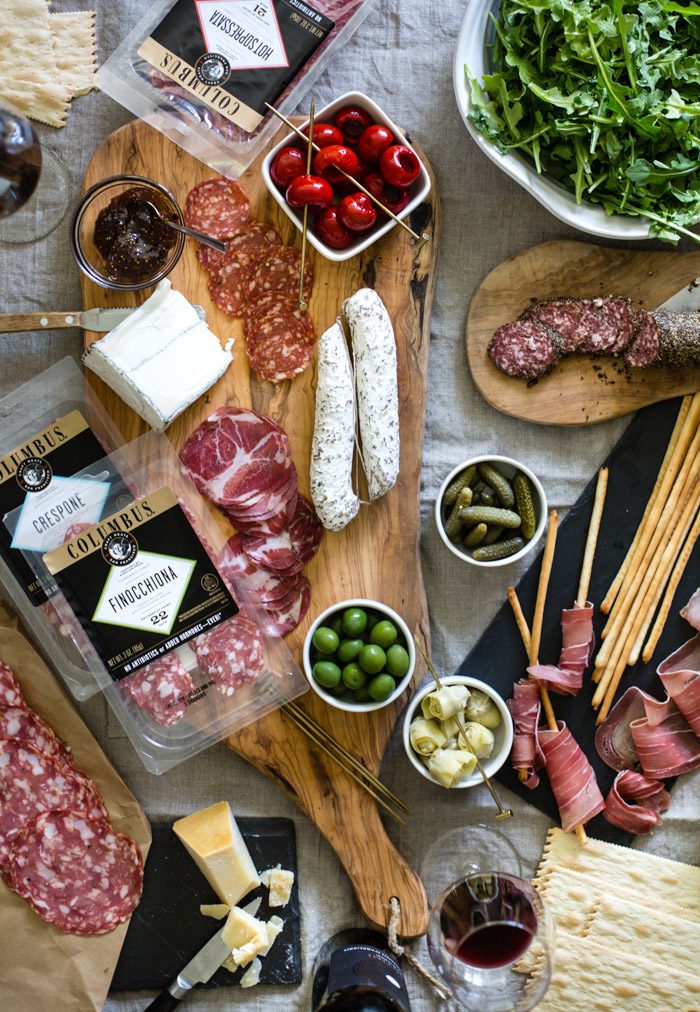
One of the best things about summer around here is the impromptu happy hour gathering—letting the afternoon roll into evening with friends, as it finally cools down and the light glows golden. With the days lasting longer, and the pool warming up, there’s nothing better.
Easily, one of the simplest (and most delicious) things to have at the ready are the makings of a good charcuterie platter. They have such a romance to them, and look like they took far more effort than required—especially if you know what to pick up on a last-minute run to the market.
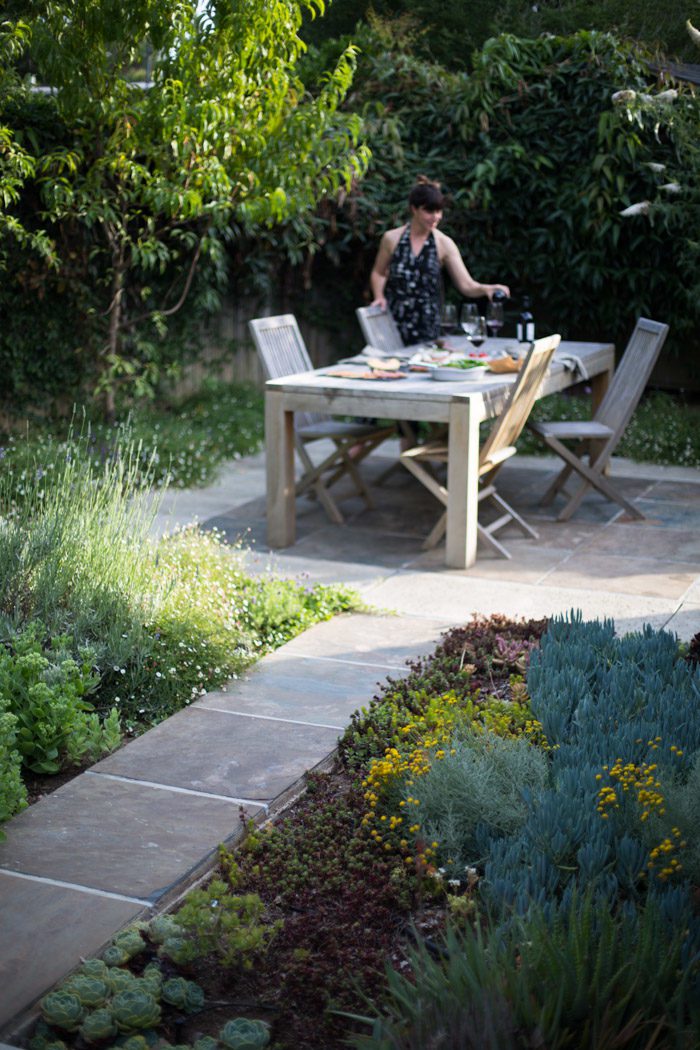
I asked the salumieri, the salami experts, at Columbus Craft Meats—a local brand with a long history in San Francisco I’ve partnered with—if I could get some advice on selecting, plating, and pairing.
All that’s left to do is enjoy!
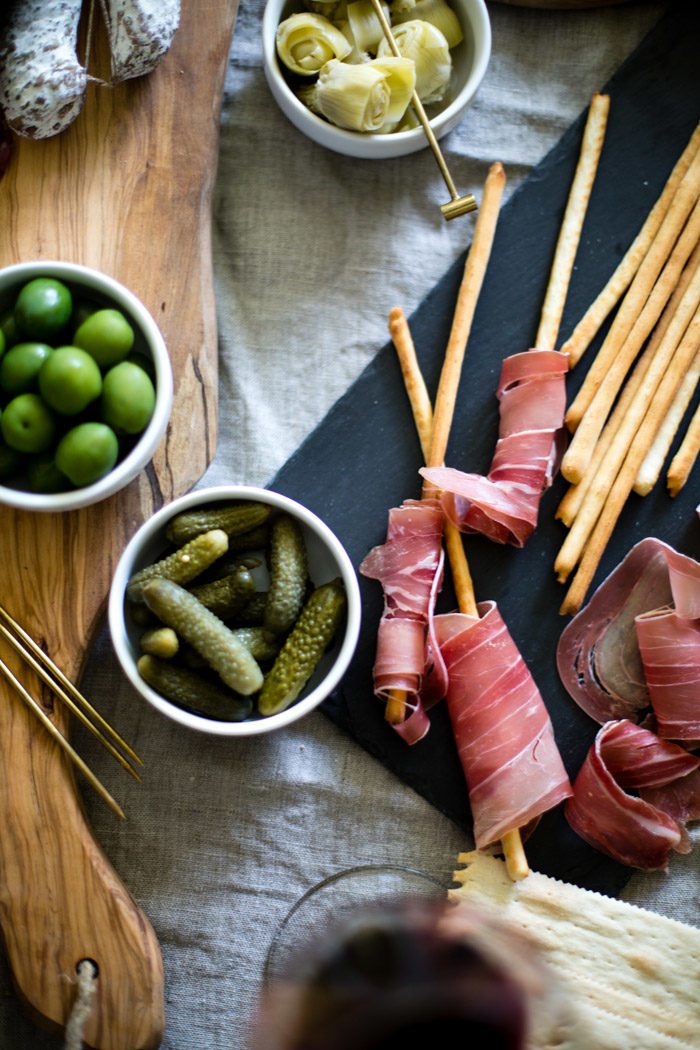
What’s the secret, in your opinion, to a successful charcuterie platter?
You eat as much with your eyes as you do with your mouth. Taste and appearance are equally important, so choose elements that vary in texture and taste: Salami, patés, and other cured meats (like prosciutto) will all give a different texture experience. Try mixing spicy meats (Calabrese, hot Sopressata, hot Coppa) with mild ones (Italian dry, Genoa), and mixing richer flavors (like Felino, Rosette de Lyon, Finocchiona) with lighter ones. An element of sweetness—like fruit or jelly—will pair nicely with the saltiness of the meat. Finally, you can play with slice thicknesses, diameter, and color to give the plate more visual variety.
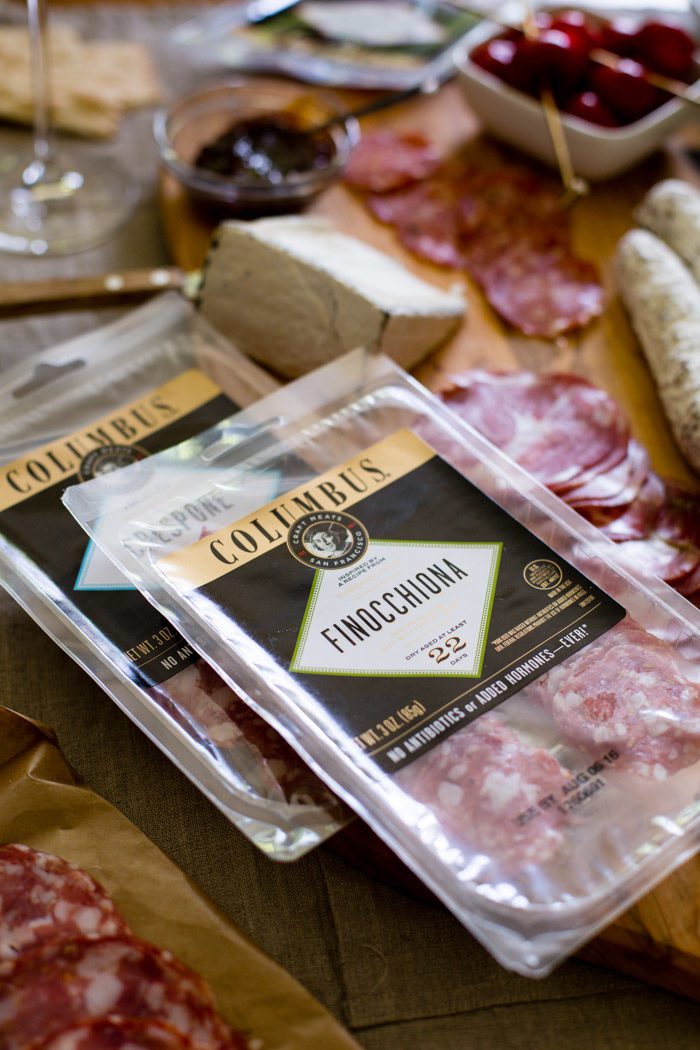
With cheeses, one might say “something hard, something soft, something goat, something cow…” Is there a similar balance with meats you like aim for?
Ideally, you have something that appeals to everyone. I always try to have at least one salumi item (collection of cured meats) in each of three categories: Mild, Spicy, and Rustic. Mild salami, such as Italian Dry or Genoa, are both slow aged with a classic base of pepper, salt, garlic, and wine, making them a safe bet for most. There’s a huge range of meats in the Spicy/Hot category, but Hot Sopressata is always a popular item since the chile de arbol we use in the recipe gives a slow resonating heat that everybody can enjoy. For rustic, I’d choose a Finocchiona salame. Ours is cured with antibiotic-free pork, fresh garlic, sherry wine, and wild fennel, and slow aged until tender.
That’s my current favorite. When tasting a salame, what are you looking for?
To tell when you have a good salame product you have to look at three basic factors: First, the color. Salami should be a strong red or slightly pink. When the color is extremely pale, it means that it has been cooked instead of cured. For example, all of our salami is slow-aged for at least 21 days depending on the size (our large finocchiona is aged for 90+ days), so they have that nice red color. Second, flavor. A good salame is tender, flavorful and not acidic. Acidity in the aftertaste can be a sign that the aging process was rushed. It’s a patience game. Third, I look at texture: salami shouldn’t be greasy. Making good salami is both a science and art!
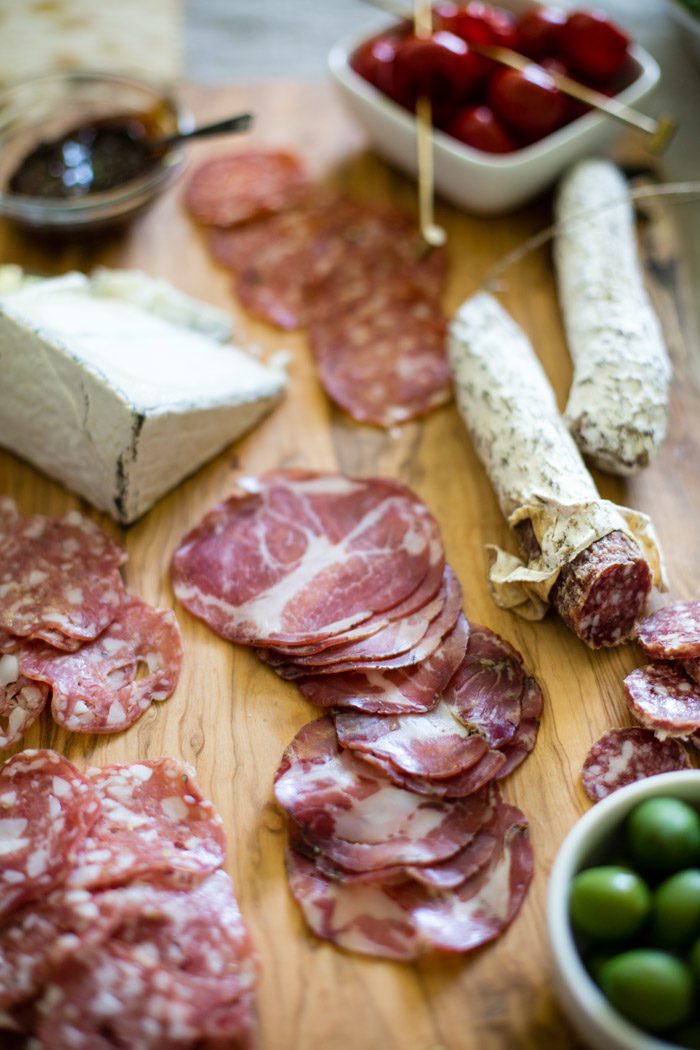
Are there any rules about when to serve whole versus pre-sliced meats?
It’s a personal preference; we usually use a mix of both. “Chubs,” or salami sticks with the fiore (white mold on the outside of the casing), usually require some know-how—like how to peel and slice the salami (slice thickness makes a difference to the mouth-feel and experience of the meat). The pre-sliced is more accessible and convenient, and consumers who otherwise would have been intimidated by ordering at the deli counter can experience a love for salami through pre-sliced craft meats.
What’s the best way to store sausages and meats? How do you keep it fresh if you’ve served a portion of it?
Salami tastes better when closer to room temperature. So if you bring home something pre-sliced from the deli or taken off the cooler racks, I recommend leaving it out for a few minutes before serving. Then, once cut, you always want to refrigerate a salame you plan to save for another day.
How much meat should you serve per person at a party?
I like to account for every guest having at least two slices of every type of salame on the platter. (Columbus meats are so tasty that it’s only polite!) Half a pound of medium diameter salame like an Italian Dry, Rosette de Lyon, or Calabrese will give you about 70 thin slices. Larger diameter salami—like Sopressata, Finocchiona, and Genoa—will give you 40-50 slices when sliced thin. One of the grab-and-go 8oz salami should cut down to at least 50 slices.

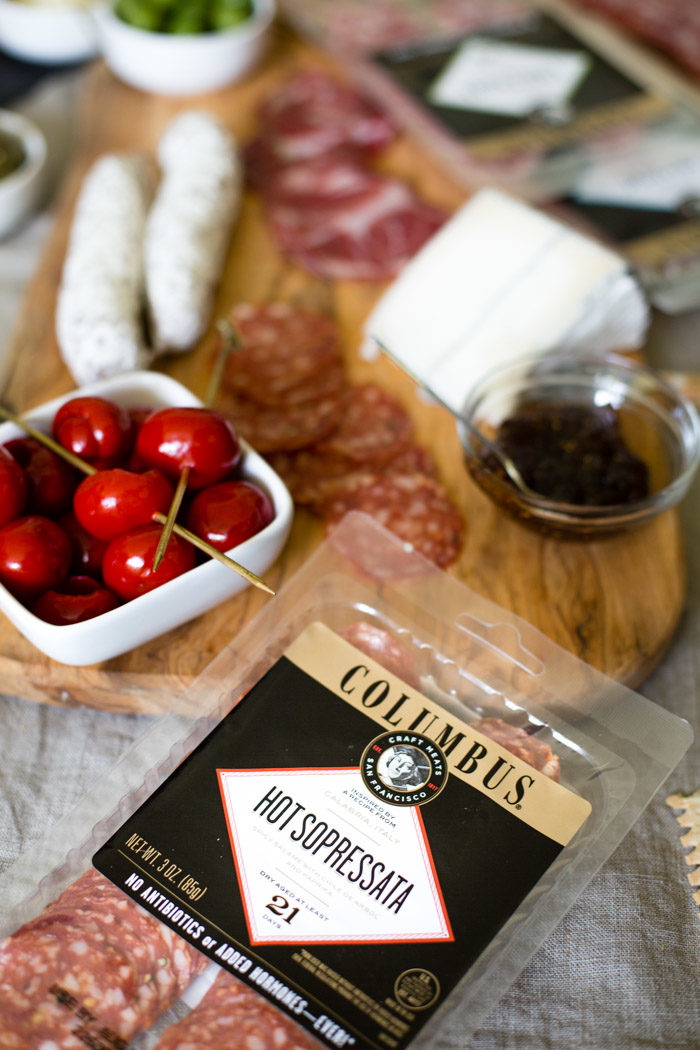
What non-meat items should be paired?
Having a pickled element on the charcuterie platter is always a good thing whether it is a castelvetrano olive, peppadew, or marinated artichoke. I think that all of these three items are usually my favorites for any board just because of the variety of color it adds onto the plate. As with any pairing, sample it yourself to see what you like best: artichokes end with a buttery flavor note, so they go well with the milder salami, like Genoa and Crespone. That little heat at the end of a peppadew goes well with any of the spicier salame choices. Goat cheeses are usually fantastic with rustic choices like Finocchiona, Sopressata, and Felino. Pate spreads, brie cheese with a side of fig jam, and aged Italian cheeses also are great additions to any charcuterie plate.
Do you have any pet peeves?
It is hard to get things wrong with creating a charcuterie plate, but the thing that would upset the experience is if the pairings don’t go well—like blue cheese and Finocchiona. So be sure to try all of your pairings before you plate them, to make sure the tastes highlight and complement each other. And if you are pairing the product with harder Italian cheeses, break down the cheese first. Don’t just leave it in its nice little triangle, because people will never take the effort to take any!
Very important: What about wine?
It’s all about the finish. If the wine has a sweeter finish, pair with the milder/sweet salame. If it’s a bold strong finish like a Barolo, you should pair it with a stronger flavor like, peppered salame, Sopressata or Felino.
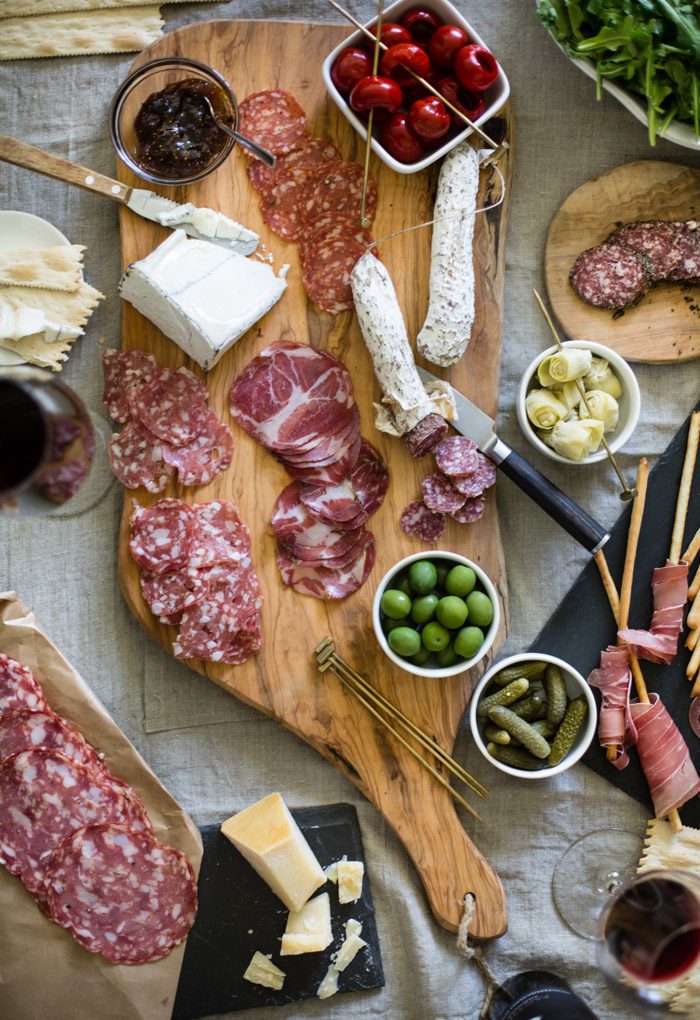
Thank you so much!
Enjoy, everyone—don’t be afraid to ask questions and try samples whenever you choose your meats. And let me know if you have a favorite I should try!
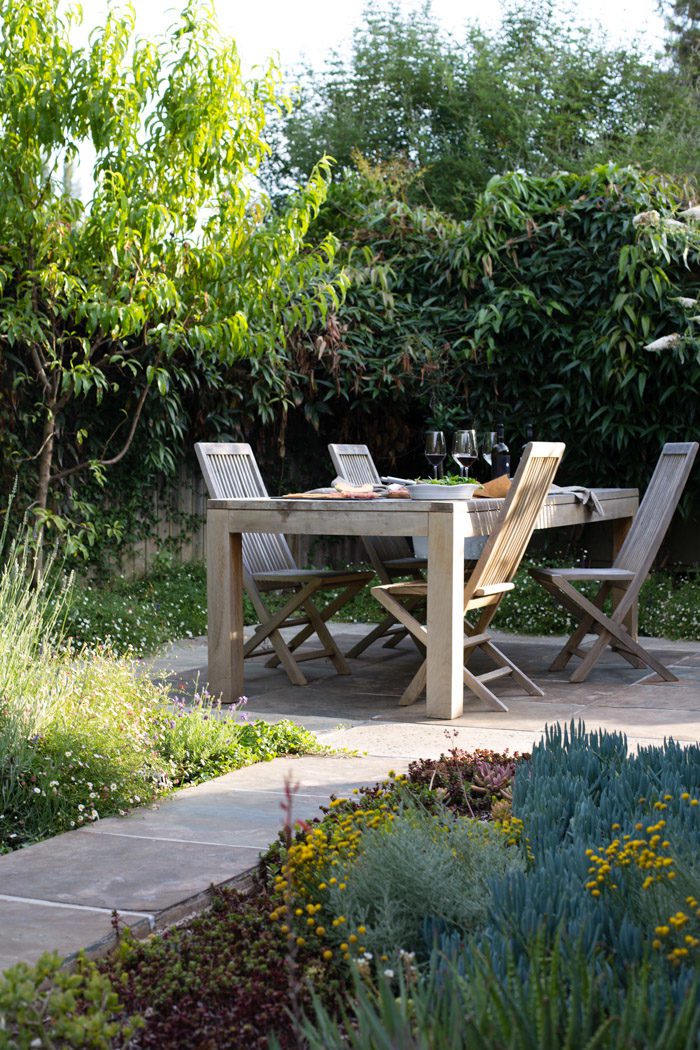
P.S. How to assemble the perfect cheese board.
Thank you to the team at Columbus Craft Meats for sponsoring this content and answering all of my (many) questions so generously!
For more background on the different kinds of Salami and craft meats available at Columbus, check out their products at http://www.columbuscraftmeats.com/products/salami
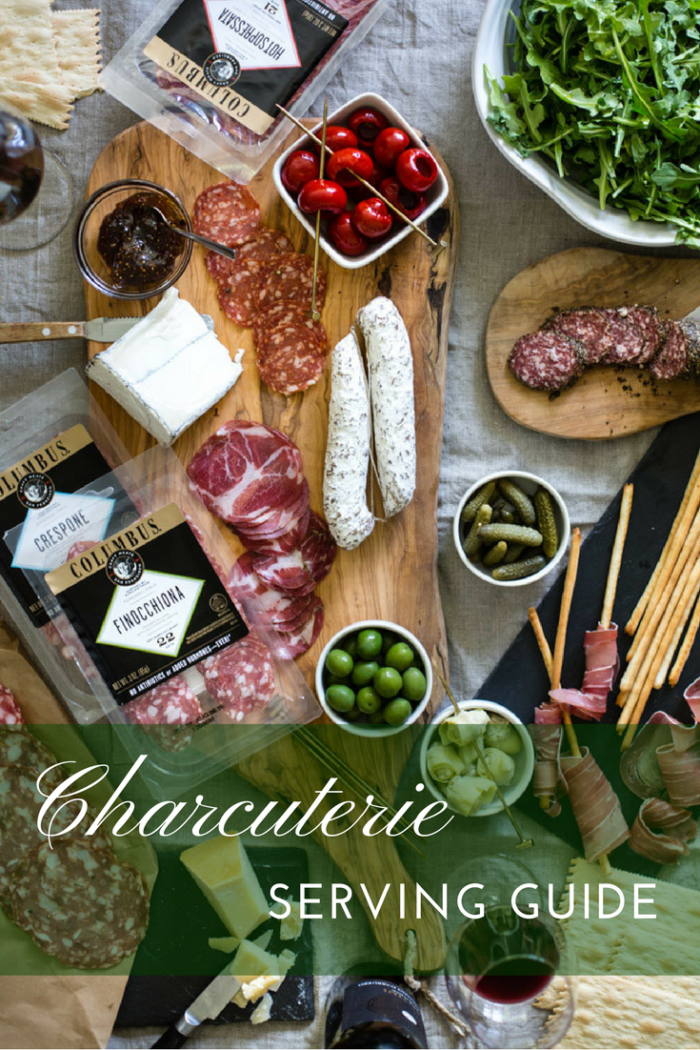


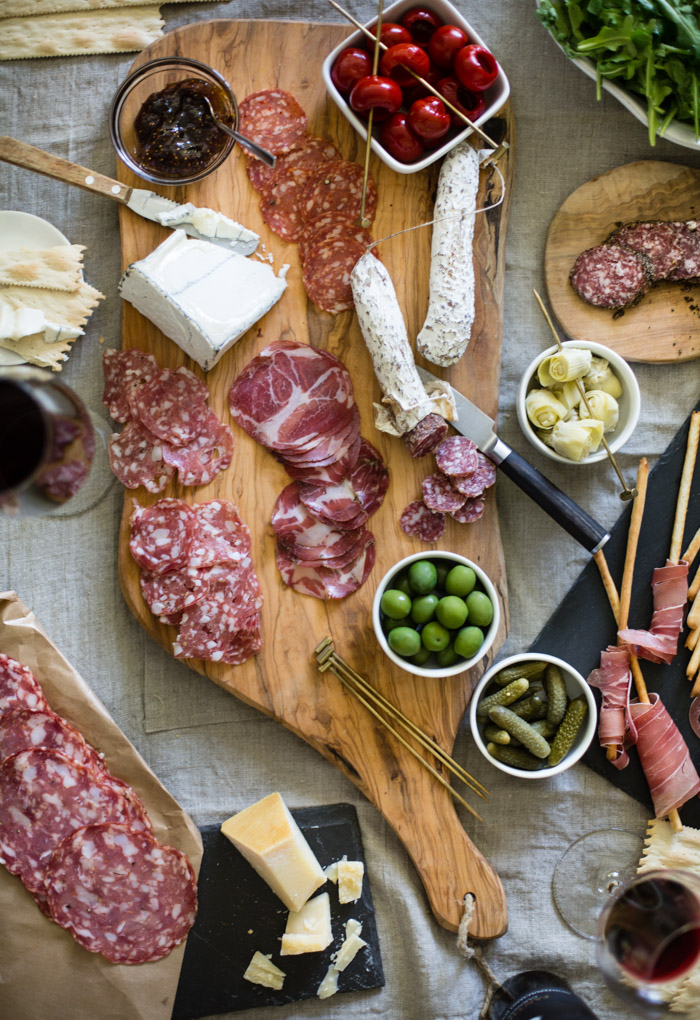



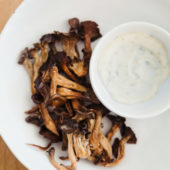































2 Comments